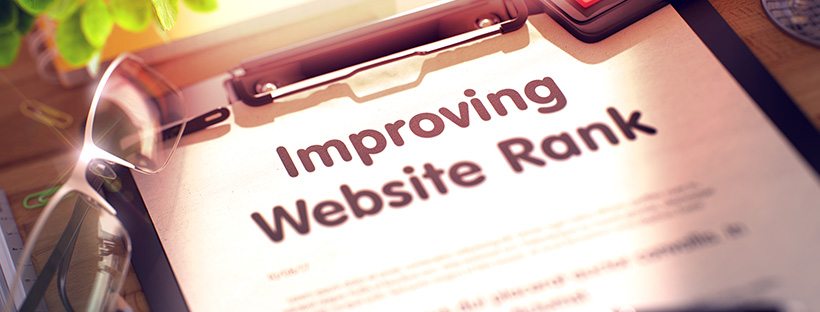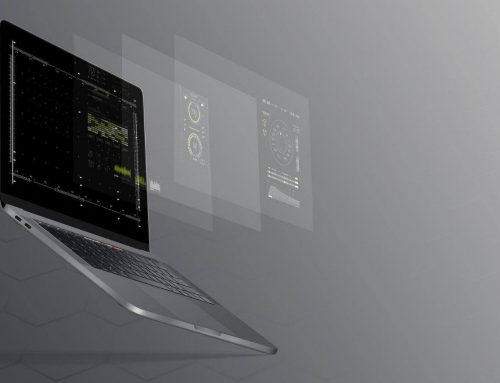In a world where a 1-second delay causes a 16% drop in customer satisfaction, your customers can be won over or completely lost in a second. Poor web design resulting in slow loading times is one of the most common issues holding businesses back from increasing their rankings, attracting more customers, and making more sales. In this blog, we’ll cover a few simple tips to get your site loading faster immediately so you can start driving more web traffic.
If your company’s website isn’t up to speed (literally), then you are leaving money on the table. According to a major study by the Aberdeen Group, a one-second delay results in:
- A 16% drop in customer satisfaction
- 7% lower conversions
- 11% fewer views
According to Hubspot, 34% of customers said they would abandon a site that wouldn’t load within five seconds! On top of that, Google uses its PageSpeed metric (how fast a page loads) as a factor in its algorithm, meaning it affects your search engine rankings.
The speed of your website is vital to your online business. If you’re having trouble increasing your Google position or customers are constantly leaving your site before they sign up or contact you, it could be due to slow loading times. Here are three simple and effective tips to increase your website’s speed immediately:
Optimize images for SEO and “lazy load” them
Optimizing images for SEO is much more than finding the right keywords and tagging your pictures. As we said before, PageSpeed affects your rank, so optimizing images to load quickly is an essential SEO tactic. There are a number of plugins or coding techniques to “compress” images into smaller sizes, but there might be an even better option…
What is lazy loading?
Lazy loading is a technique used for long web pages where only the images in the viewport of the user are loaded. This means that only images your visitors are currently viewing are loaded while the rest wait patiently to be seen. In some instances, this technique could be a better option and decrease loading times even further.
Leverage browser caching to store information
When you enable caching, certain vital—but “weighty”—information is stored in your visitor’s browser so it doesn’t have to be loaded next time. For example, if a visitor returns to your site, your images and logo can be automatically loaded from the browser cache, allowing for lightning fast loading times for repeat visitors. You can do this yourself via plugins or other online resources, contact your hosting company for help, or have a website designed by professionals with this capability built in.
Disable plugins you don’t use
If you are running a site through WordPress or via another platform that enables plugins, then each plugin you use is contributing to the speed (or lack thereof) of your website. We recommend to first disable the ones that you don’t use, are duplicates, or provide little value. From there, do a bit of manual testing to see which ones decrease performance the most. You can use Google PageSpeed Insights to test each time you disable a plugin. Determine which one is weighing your site down the most and wave good-bye.
Your customers expect a seamless web experience, which require websites that load in a matter of seconds. If you are noticing lower rankings or a lack of conversions, it could be because your pages aren’t loading fast enough. These three quick tips will help boost your PageSpeed, rankings, and traffic quickly.
If you think that the issue is deeper than a few quick fixes or are interested in having a professionally designed website optimized for search engines and conversions, then let BlueHat Marketing’s expert design team know today.





